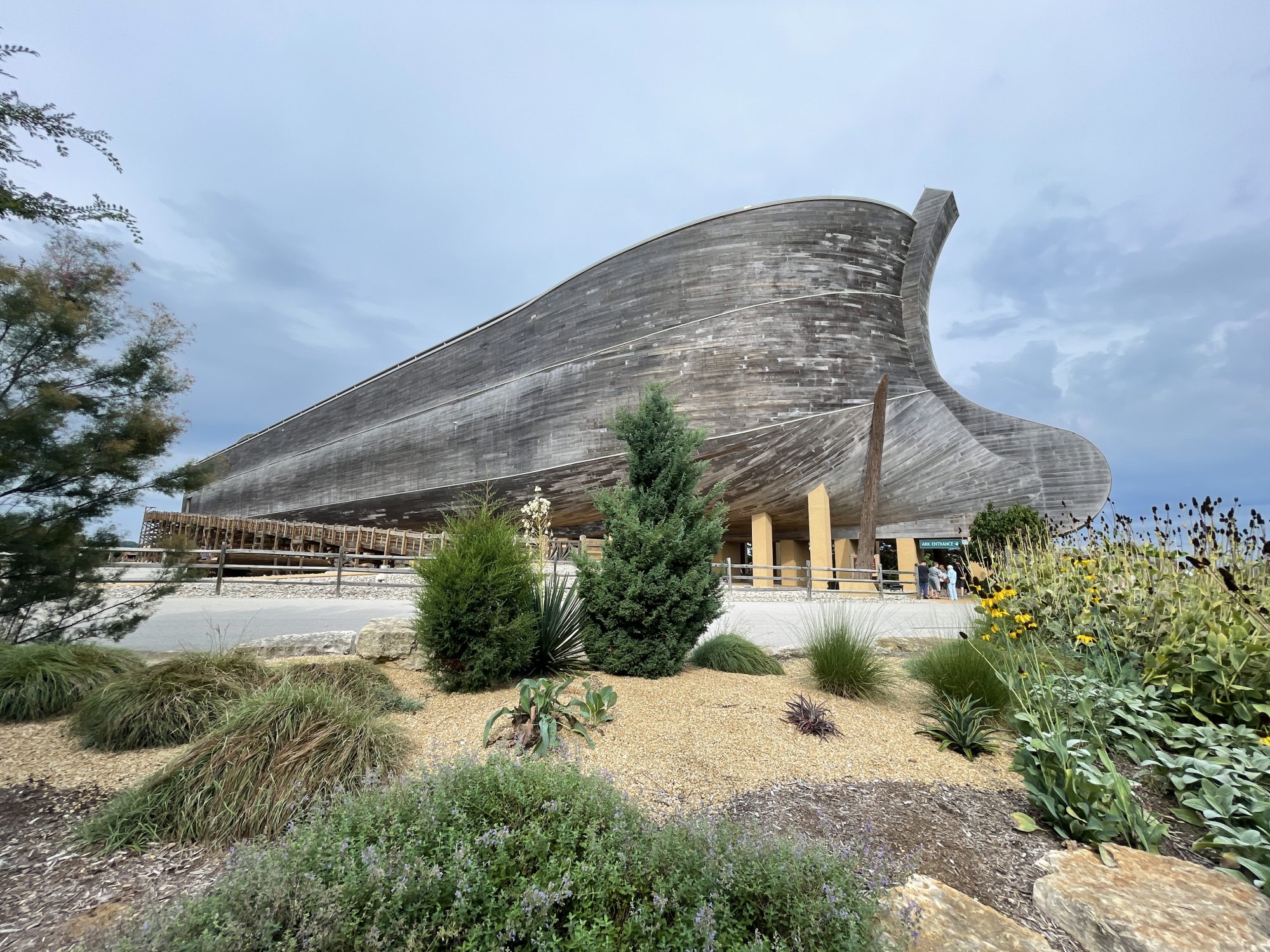Surprise Canyon formation was only discovered recently.
“George Billingsley of the United States Geological Survey first recognized the Surprise Canyon Formation as a separate stratigraphic unit, belonging to neither the Supai Group or the Redwall Limestone, during reconnaissance geologic mapping of the western Grand Canyon in the mid-1970s.”
https://en.wikipedia.org/wiki/Surprise_Canyon_Formation
Outcroppings of the Surprise Canyon are remote and difficult to reach.
“The outcroppings of the Surprise Canyon Formation are in remote areas of the Grand Canyon and very difficult to reach.”
https://azdailysun.com/suprise-at-the-c … 76fc8.html
The Surpise Canyon Formation does not appear to be a continuous layer of rock, but only exist as scattered lens-shaped areas.
“In addition, the outcrops are not a continuous layer of rock as are other in the Grand Canyon but exist only in lens-shaped areas atop the Redwall Limestone.”
https://azdailysun.com/suprise-at-the-c … 76fc8.html
“Within the Grand Canyon regions, the Surprise Canyon Formation is exposed as isolated, lens-shaped patches throughout much of the Grand Canyon and in parts of Marble Canyon to the east. All of the known outcrops are discontinuous lenses up to several tens of meter thick and from a few tens of meters to nearly a kilometer wide. Nowhere does this formation occur as a single, continuous sheet, as do all of the other sedimentary rock units of Paleozoic age in the Grand Canyon.”
https://en.wikipedia.org/wiki/Surprise_Canyon_Formation
If it is lens-shaped areas, it would not classify as a paleoriver that exhibits erosion. It could just be areas of deposition of sediment of different composition. And it does appear the sediment is qualitatively different than other sediments since it is high in marine fossil content.
“The middle limestone unit of Surprise Canyon Formation contains an abundant and diverse fauna of marine invertebrate. Its coarse-grained limestones have yielded more than 60 species of marine invertebrates.”
https://en.wikipedia.org/wiki/Surprise_Canyon_Formation
If Surprise Canyon Formation is formed as part of a sinkhole or valley, it would be strange that it is on top of a karst surface. Underneath the SCF is the Redwall Limestone, which is a soluble rock. Shouldn’t it form underground drainage systems within the limestone, not on the surface of it?
Does your idea of “practically none” allow for these? That’s not a rhetorical question. I don’t know what you mean.
Prior to 1970, the SCF wasn’t even discovered yet. And even now we know little of it. Further, it represents a very small part of the Grand Canyon, in both scale and time. So, even if SCF was an example of erosion (which I’ve argued it is not), then it is practically none compared to the entire Grand Canyon.
No, the SCF is not an example of ancient river or canyon formation.
https://debatingchristianity.com/forum/viewtopic.php?p=1058267#p1058267
